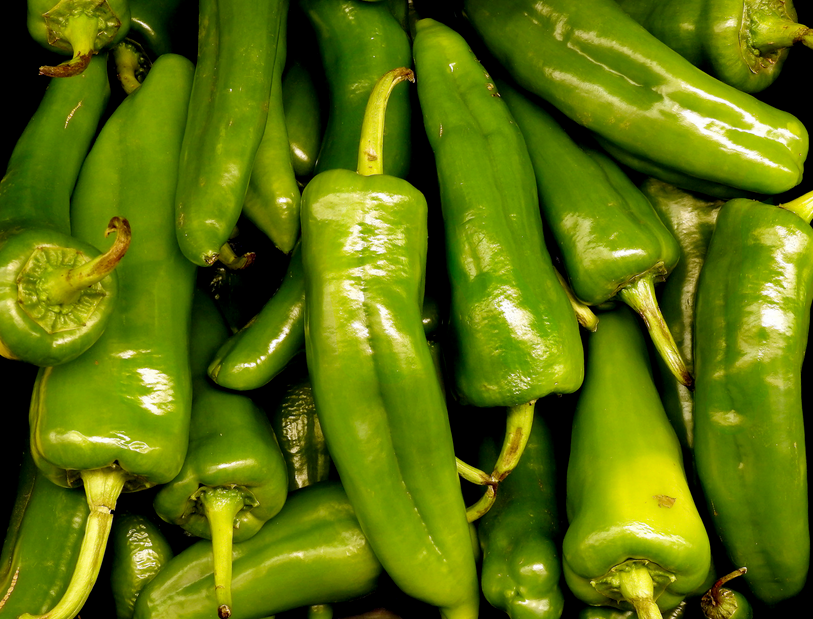
It’s Not Tex-Mex, It’s New Mexican: A Love Letter (and a Mild Rant)
Nola PeralesShare
Let me get this out of the way: if you’ve ever referred to New Mexican food as Tex-Mex, I’m not mad. I’m just…a little mad.
But only because calling our food “Tex-Mex” erases something deep, delicious, and historically rich. It flattens centuries of culture into a cheesy label (literally) that doesn’t tell the full story of who we are or what we’re eating. So, in the spirit of setting the record straight—and honoring the land and people who shaped me - I offer you this blog post.
A Little History
Before New Mexico was New Mexico, it was Mexico. Before that, it was part of the Puebloan world—home to Indigenous peoples with thriving food traditions long before any European ever stepped foot on the continent. The Southwest has layers, like a stacked enchilada.
So, when we talk about “Mexican food” in New Mexico, we’re not just talking about something imported across a border—we’re talking about something that has evolved in place, over time. Something born of Indigenous roots, Mexican heritage, Spanish colonization, local ingredients, and yes, American influences. It’s a living cuisine, unique to this land and its people.
It’s Not One-Size-Fits-All
Here’s the thing: Mexican food isn’t one monolithic style. In New Mexico alone, it varies from town to town, sometimes from one family to the next. What you find in Las Cruces might be completely different from what someone serves in Española, or Gallup, or Santa Fe.
In Gallup, where I was born and raised, the food is especially rich with cultural blending. There, the influence of Diné (Navajo), Zuni, and other Native traditions mixes with Mexican, Spanish, and even BBQ in ways that are hard to describe but unforgettable to taste. Ever roast mutton with fresh frybread on the same plate as green chile enchiladas? That’s Gallup. That’s home.

Let's Talk Ingredients
New Mexican food isn’t New Mexican without red and green chile—and we’re very serious about it. We don’t just sprinkle chile on top of things like a garnish. We bathe our food in it. We stew it, roast it, blend it, freeze it, dream about it.
And no, it’s not the same as jalapeños or canned green stuff from the grocery store. New Mexico green chile—especially from the Hatch Valley—is world-class because of our unique climate and volcanic soil. Hot days, cool nights, and centuries of cultivation have made this chile into a cultural icon. When fall rolls around and the smell of roasting chile fills the air, it’s not just food—it’s a lifestyle.
Other iconic ingredients include:
- Piñons (pine nuts): harvested from the high desert, nutty, earthy, and addictive.
- Blue corn: used in tortillas, atole, and tamales—beautiful and nutritious.
- Mutton: especially in Navajo and rural communities, cooked in traditional ways.
- Corn in every form—masa, hominy, tortillas, roasted ears or kettle corn at the flea market.
- Pecans from the southern orchards around Mesilla and Las Cruces, often ending up in pies or cookies at church fundraisers.
And don’t forget cooking underground—literally. Whether it’s pit-roasting a sheep or digging a hole for a Matanza, we’ve been slow-cooking before it was cool.
Food as Identity
In New Mexico, food isn't just food. It’s a celebration. It’s medicine. It’s remembrance. It’s generosity. We don’t call it New Mexican food at home we call it breakfast, lunch and dinner and while we’ll always welcome a visitor to the table—just don’t call it Tex-Mex, okay?
